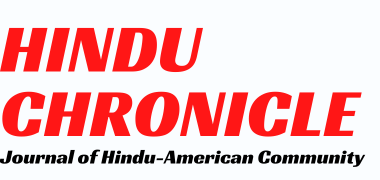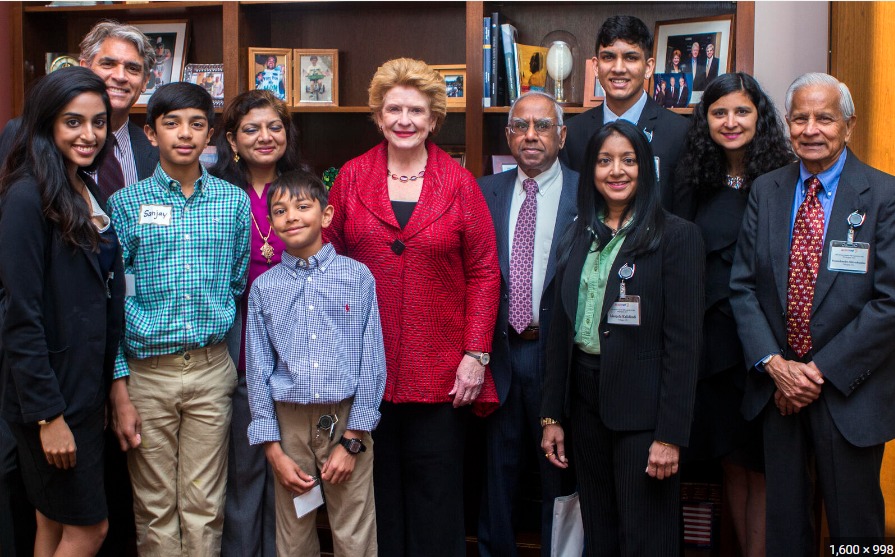HINDUISM CASE STUDY – MINORITY IN AMERICA | 2018
In the early 2000s, some American Hindus organized to stop perceived discrimination against them in American public school books. Protests against these textbooks were lodged in Virginia, California, and Texas. The situation in California became particularly contentious, as different Hindus—while generally agreeing that the textbooks must change—disagreed on how to represent their diverse tradition. In addition, due to California’s large population, textbooks approved by the state are often used in many other states, meaning that changes to California’s textbooks affect a much larger population.
There was little disagreement that California’s textbooks contained serious errors, falsehoods, and a lack of respect for Hinduism. For example, a textbook incorrectly claimed that the Hindi language is written in Arabic script—it is written in Sanskrit Devnagari script. A photo caption misidentified an Indian Muslim as a Brahman priest. A section on Hindu vegetarian beliefs was disrespectfully titled, “Where’s the Beef?” and other sections made light of important figures in Hindu scriptures. Addressing these problems was uncontroversial. However, the Vedic Foundation (VF) and Hindu Education Foundation (HEF)—the Hindu groups who proposed these changes—also asked the California Board of Education (CBE) to remove or rewrite other significant sections. These changes included rewriting widely accepted scholarship about Indian history and eliminating references to polytheism, Hindu patriarchy, Hindu connections to the caste system, and Dalits—also known as “Untouchables.” Members of these organizations claimed the textbooks were focusing only on negative aspects of Hinduism while not doing the same for other religions. Believing in the expertise of these Hindu groups, after hearing these recommendations the CBE approved all of the VF and HEF requests.
Religions are embedded in culture, and are deeply impacted by questions of power. While reading this case study about Hinduism and life as a member of a minority religion in America, think about who is in power and who lacks power. Is someone being oppressed? Is someone acting as an oppressor? How might religious people respond differently when they are in a position of authority or in a position of oppression?
As always, when thinking about religion and power, focus on how religion is internally diverse, always evolving and changing, and always embedded in specific cultures.
Read the rest @ https://rpl.hds.harvard.edu/religion-context/case-studies/minority-america/hindus-american-textbooks






